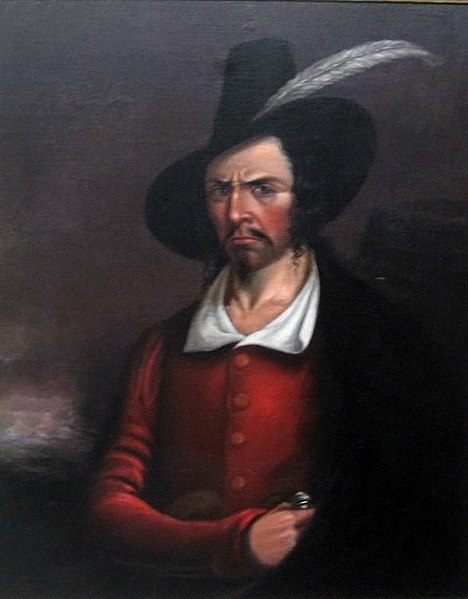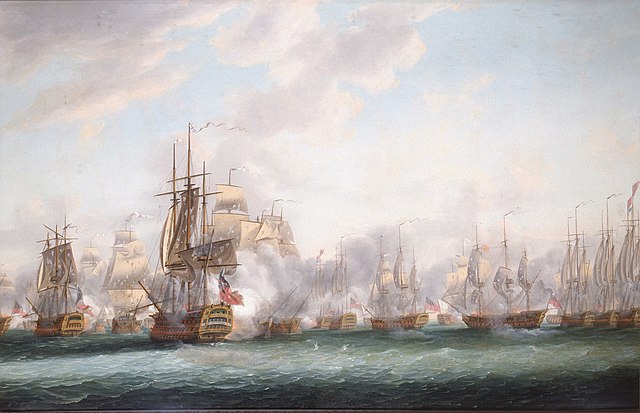The era of piracy in the Caribbean began in the 1500s and phased out in the 1830s after the navies of the nations of Western Europe and North America with colonies in the Caribbean began hunting and prosecuting pirates. The period during which pirates were most successful was from the 1660s to the 1730s. Piracy flourished in the Caribbean because of the existence of pirate seaports such as Port Royal in Jamaica, Tortuga in Haiti, and Nassau in the Bahamas. Piracy in the Caribbean was part of a larger historical phenomenon of piracy, as it existed close to major trade and exploration routes in almost all the five oceans.
French pirate Jacques de Sores looting and burning Havana in 1555
The French raid on Cartagena took place on 6 May 1697, as part of the War of the Grand Alliance
French pirate François l'Olonnais was nicknamed Flail of the Spaniards and had a reputation for brutality – offering no quarter to Spanish prisoners.
Jean Lafitte, New Orleans' legendary pirate
The Caribbean is a subregion of the Americas that includes the Caribbean Sea and its islands, some of which are surrounded by the Caribbean Sea and some of which border both the Caribbean Sea and the North Atlantic Ocean; the nearby coastal areas on the mainland are sometimes also included in the region. The region is south-east of the Gulf of Mexico and Northern America, east of Central America, and north of South America.
The Battle of the Saintes between British and French fleets in 1782, by Nicholas Pocock
Counter-attack by Cuban Revolutionary Armed Forces supported by T-34 tanks near Playa Giron during the Bay of Pigs Invasion, 19 April 1961.
A Marine heavy machine gunner monitors a position along the international neutral corridor in Santo Domingo, 1965.
A Soviet-made BTR-60 armored personnel carrier seized by US forces during Operation Urgent Fury (1983)








